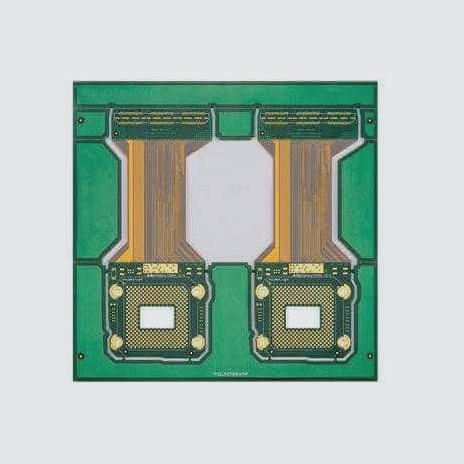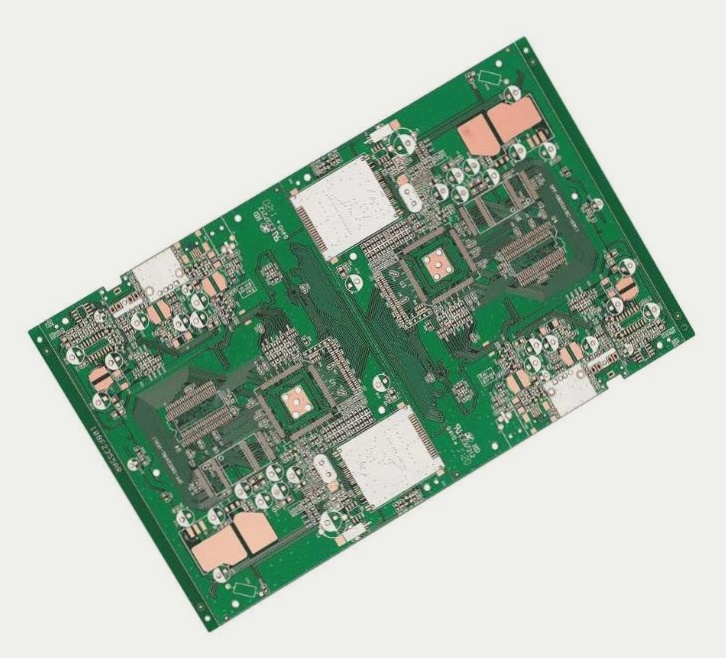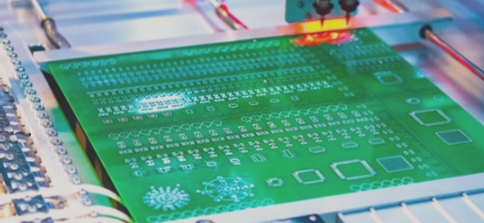Designing PCBs: A Step-by-Step Guide
1. Start by designing the schematic diagram to outline the circuit’s functionality. Consider the electrical characteristics of each component and organize them based on their functional requirements. This schematic design is crucial in reflecting the critical functions of the PCB and the relationships between components. Software like PROTEL is commonly used for this stage.
2. Package each component in PROTEL after completing the schematic design to standardize their appearance and size. Ensure the package reference point is set at the first pin and run a Component Rule Check to verify all rules.
3. Generate the PCB layout by positioning components according to the PCB panel dimensions. Avoid component lead crossings during placement. Perform a Design Rule Check (DRC) to correct any errors before finalizing the design.
4. Print the PCB diagram on special carbon paper using an inkjet printer. Transfer the design to a copper plate using a heat press, where the ink adheres to the plate.
5. Board Making: Corrode the copper plate with a sulfuric acid and hydrogen peroxide solution to remove excess copper, leaving the circuit pattern. Rinse the plate with clean water.
6. Punch Holes: Use a hole drill to create necessary holes in the copper plate for component insertion. Solder the components in place using a welding tool.
7. Testing and Troubleshooting: Test the circuit board thoroughly and troubleshoot any issues using the schematic diagram. Re-solder or replace components as necessary until the board passes all tests successfully.
Improving Thermal Reliability of PCBs
When it comes to enhancing the thermal reliability of PCB circuit boards, simplifying wiring shapes during modeling and using simplified models for electronic components can be beneficial. Consider the following:
Thermal Analysis
- Conduct thermal analysis during SMD processing to evaluate the electrical performance and potential overheating of PCB components.
- Utilize simple thermal analysis for average temperature calculations and more complex analyses for transient models with multiple circuit boards.
- Ensure accurate thermal analysis by providing component power consumption data.
Simplified Modeling of Circuit Boards
- Identify key heating components like MOSFETs and integrated circuits for detailed modeling.
- Consider the thermal conductivity of copper foil on the circuit board, which plays a crucial role in heat dissipation.



